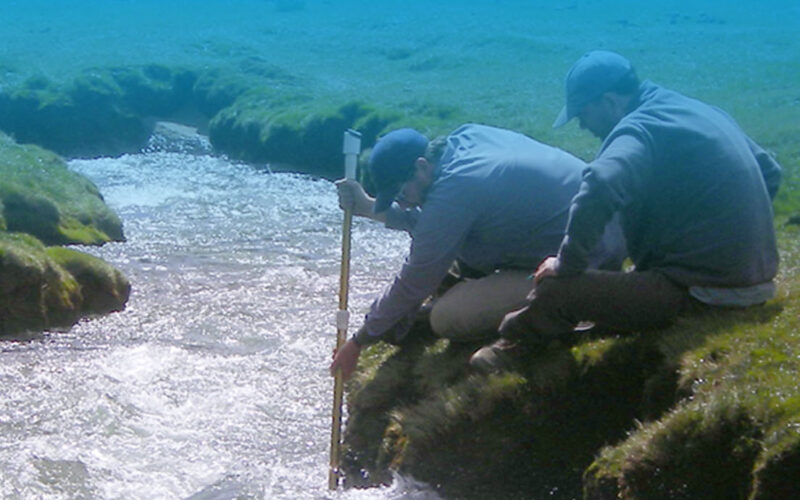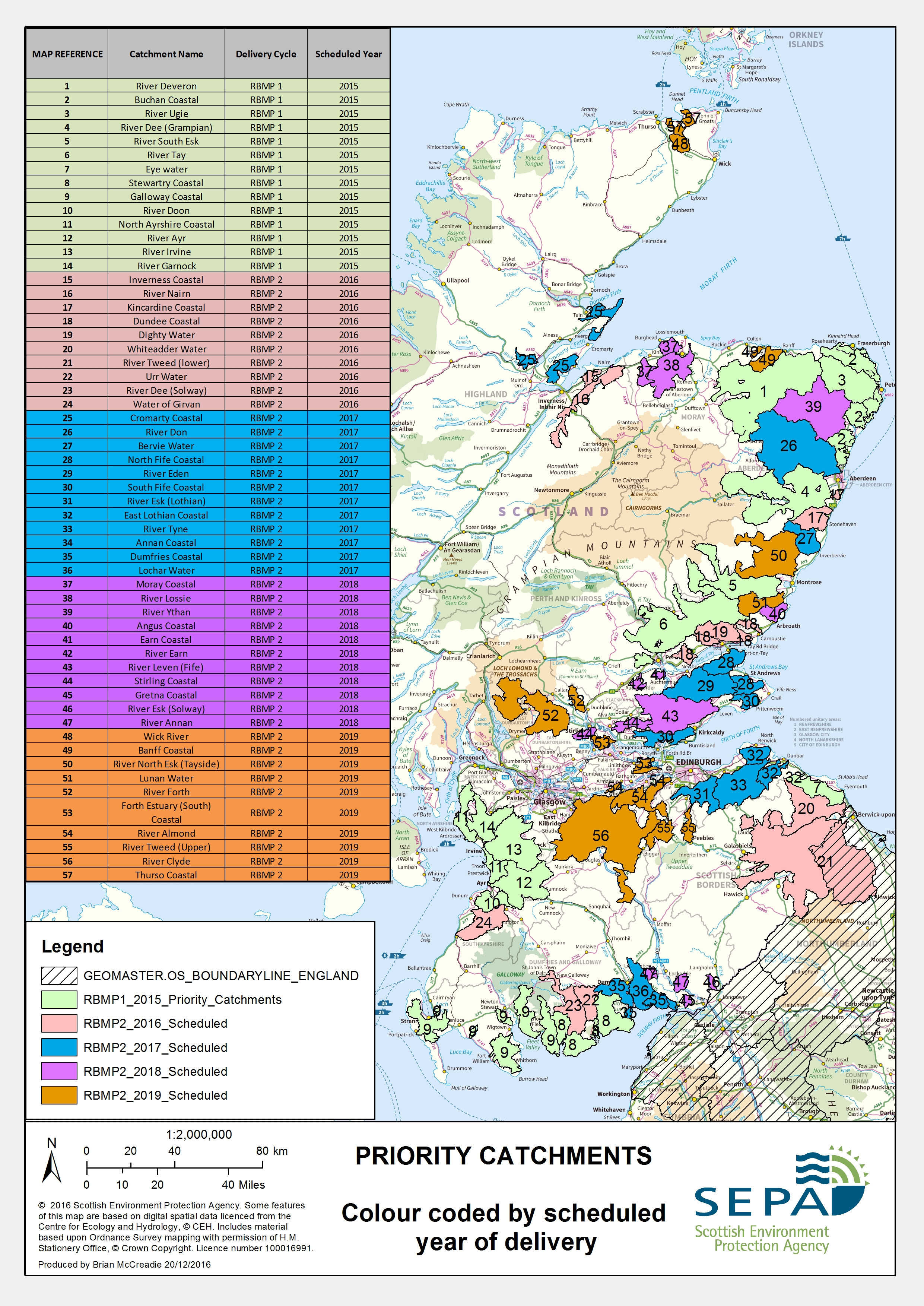As part of Scotland’s targeted approach to reduce pollution risk, work is underway in a number of ‘priority catchments’. The priority catchments contain some of Scotland’s most important waters for conservation, drinking water, bathing and fishing, but they are also at heightened risk from diffuse pollution pressures which will lead to poor water quality.
To find out if you are in a diffuse pollution priority catchment, please check the downloadable map below.
The rural diffuse pollution work aims to deliver the objectives outlined in the River Basin Management Plans (RBMPs) for the Scotland river basin district 2015 – 2027. SEPA and other organisations are working with landowners (farmers, foresters, amenity land holders) to reduce pollution risks.
It is not just pollution; there are other pressures on waterbodies. These include; flooding, removal of water (abstraction), non-native plant species out-competing our natural riverside plants and morphological change (morphological change is about the alteration to the physical habitat of a water body: i.e. the width, depth and structure which could affect the ecological quality of the watercourse).
SEPA has appointed dedicated priority catchment coordinators to investigate the issues each catchment faces and liaise with local land managers to implement the measures through a series of farm visits, workshops and events in the identified catchments.
The videos to the right explain what farmers can expect from a diffuse pollution priority inspection from SEPA.
Video resources - Priority Catchment Inspections
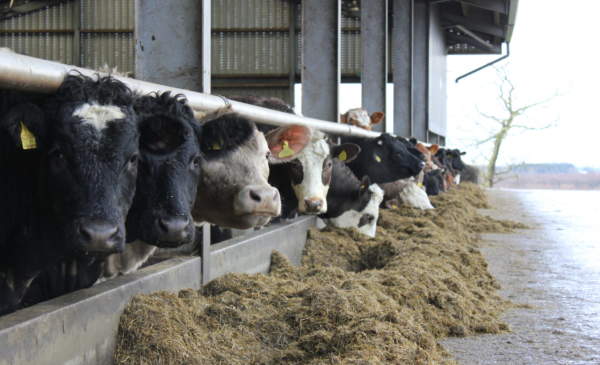
Priority Inspection – Part 1: An introduction
What's involved in a Diffuse Pollution Priority Catchment farm inspection? This is the first of a series of videos explaining what to expect on the day of the inspection.
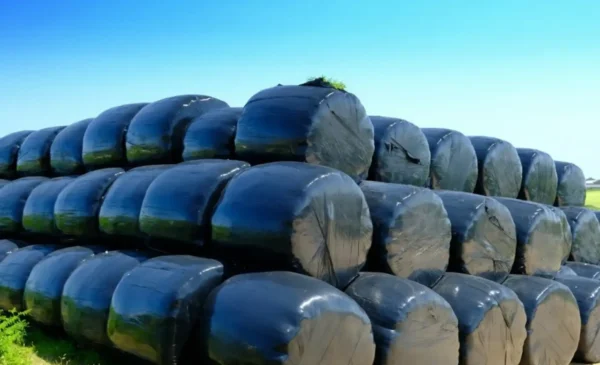
Priority Inspection – Part 2: Steading walk
In the second video of our series explaining what to expect from a Priority Catchment Inspection, we join Pete Wright (SEPA) as he takes us through a steading assessment.
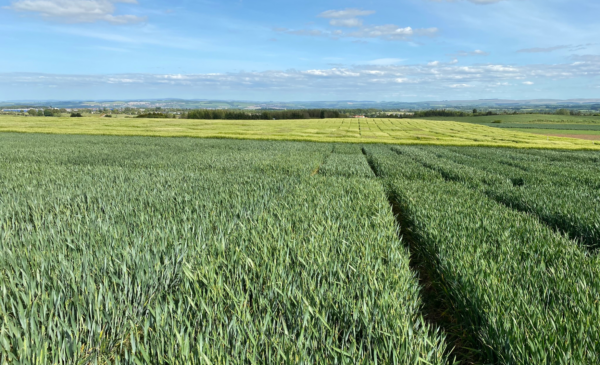
Priority Inspection – Part 3: What SEPA are looking for in an arable field
In the third video in this series, we hear from SEPA field officer, Pete Wright, about what SEPA are looking at in an arable field in terms of diffuse pollution risks during a Priority Catchment inspection.
In the third video in this series, we hear from SEPA field officer, Pete Wright,…
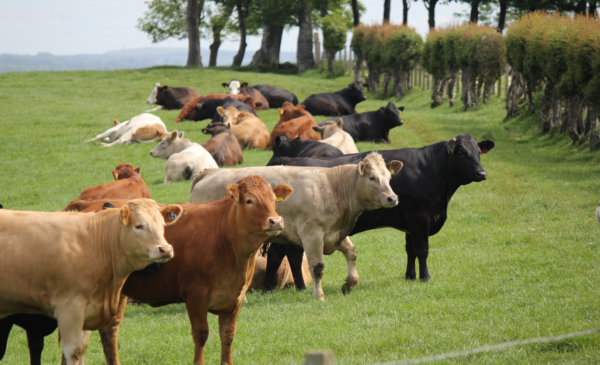
Priority Inspections – Part 4: What to look out for in your livestock fields
In the fourth video in our Priority Catchment Inspection series, we hear about diffuse pollution problems in livestock fields.

Priority Inspections – Part 5: Talking through the findings
In the final video of our series, we join farmer Gordon Mackay and SEPA's Pete Wright at the end of the priority catchment visit for a round-up of the findings from the inspection. This is an important part of every inspection and highlights both areas of good practice and where improvements could or need to be made.

